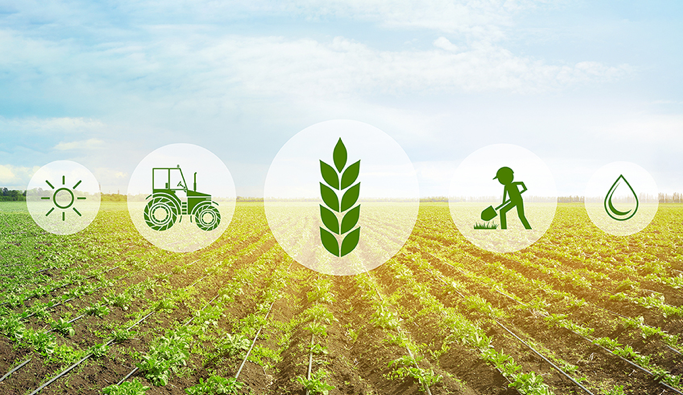Dip Your Toes into an Agricultural Position with Agricultural ETFs

Dip Your Toes into an Agricultural Position with Agricultural ETFs
By: Peter Frerichs
Investment portfolio diversification is paramount, and one of the best ways to gain exposure to the agricultural sector is through agricultural ETFs. As opposed to individual stocks, an agricultural ETF provides a wide array of agricultural assets. The two agricultural ETFs available are those investing in agribusiness publicly traded companies (agribusiness ETFs) and those investing in agricultural commodities via derivative contracts (agricultural commodity ETFs).
Agribusiness ETFs cover companies participating in the larger agricultural supply chain. They include everything from food-processing companies to farm machinery producers, seed and fertilizer manufacturers, and large farming operations. The ETF is not wed to the performance of a single company but rather the group performance of the holding.
Agricultural commodity ETFs invest in principal farmland commodities such as wheat, corn, soybeans, and cattle. Most use derivative products like options or futures, while others invest directly in the commodities. Commodity performance is not typically in harmony with the broader stock market, so during market downturns, positions in commodity-based agricultural ETFs can provide a nice cushion.
A key consideration when selecting an agricultural ETF is global diversification. ETFs exposed to agriculture across distinct global geographies can mitigate the effects of natural disasters or weather. Second, while commodities-based ETFs do not pay dividends, many agribusiness companies do. The dividend potential is high overall, but liquidity concerns have burdened the sector somewhat. The mature ETFs, however, have enough assets under management and healthy daily trading volumes, so sales and purchases are easy.
The closest ETF investing in farmland is the First Trust Indxx Global Agriculture ETF (FTAG), which includes farmland companies that sell machinery, irrigation equipment, chemicals, and fertilizers, among other things. There is not, however, an ETF that only invests in farmland. In addition to FTAG, commodity ETFs such as DBA and MOO provide indirect exposure to farmland via the equipment that farms the land or the crops they produce.
Lastly, agriculture involves tangible assets, and many experts recommend agriculture as an inflation hedge as the tangible asset’s value can rise when prices increase. Like any position, there is always risk involved. But the world will continue needing food, so fundamental demand is baked in.
